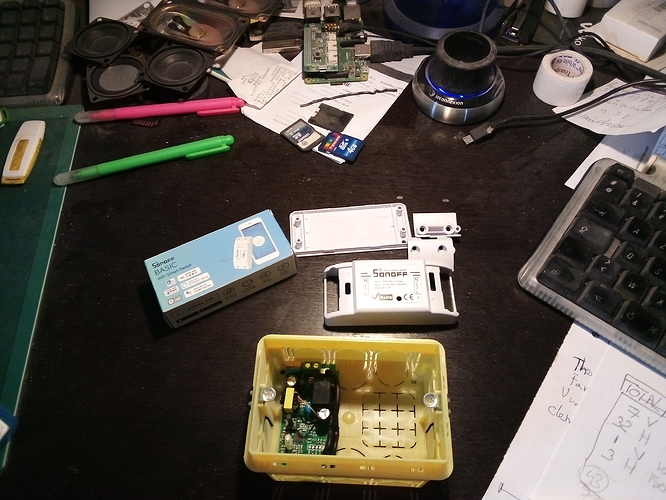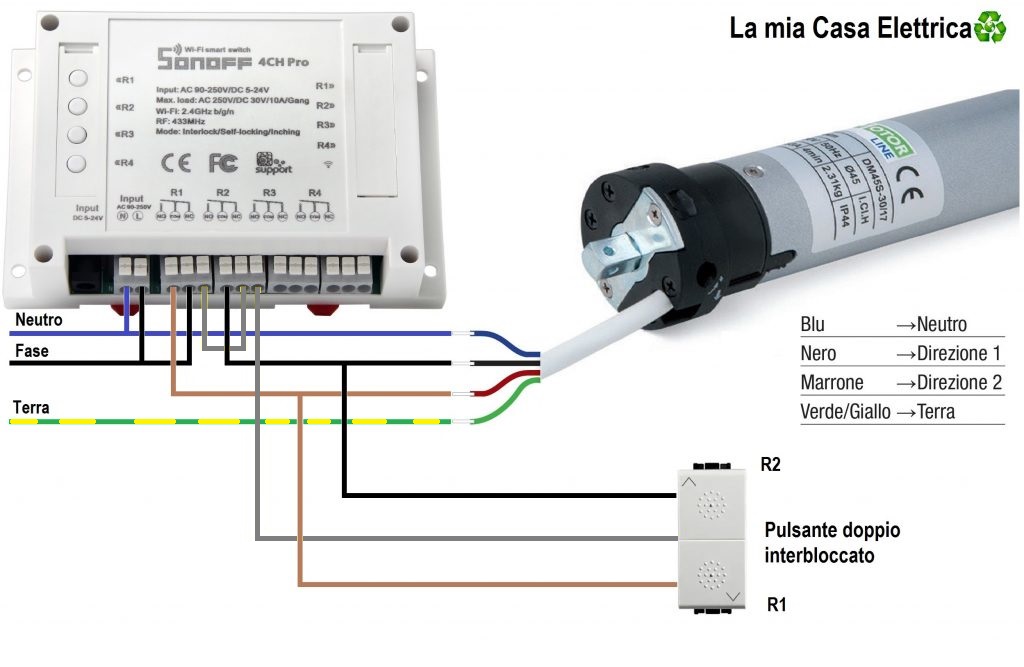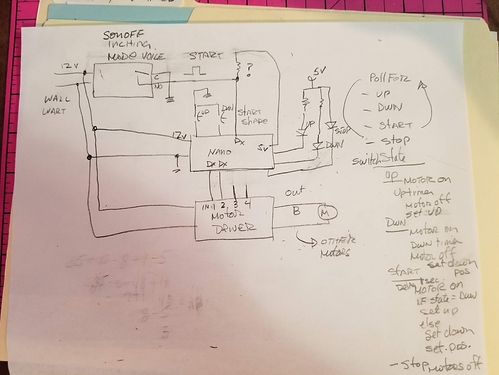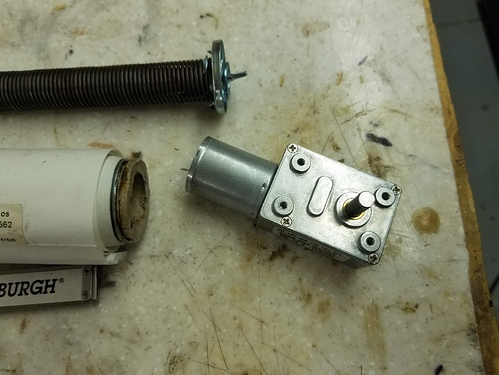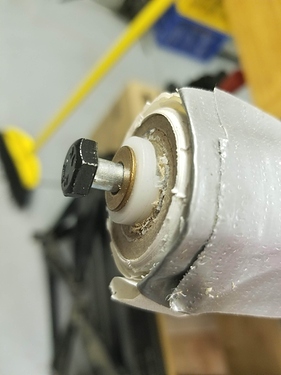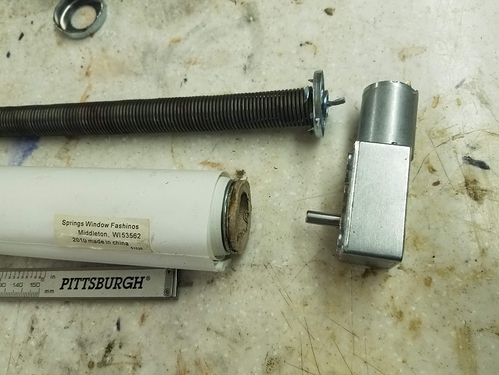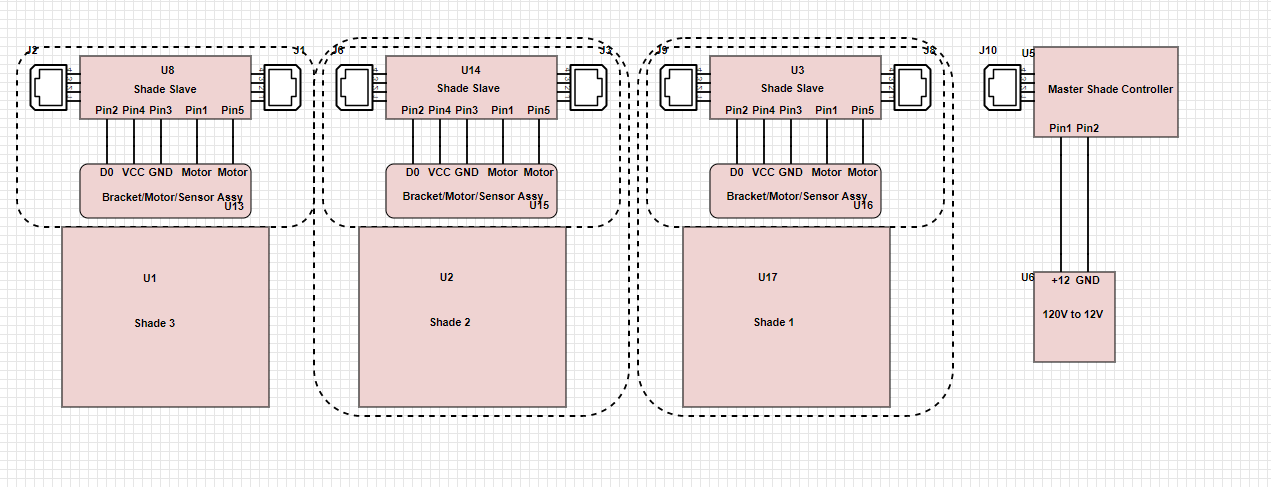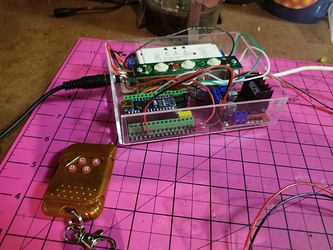thank’s @donkjr, but the roller shutters are already in place with mechanical switches (2 push buttons, not On or Off). I would love to replace those with a remote one (from bed), and still be able to have a mechanic one next to the shutter. (I just find out some chinese products (Xiaomi Aqara) are too big to fit the EU standard wall box, another parameter to take account of).
my shutters are the type with slots in for daylight, if not completely down they let some light to go trough. so I would like to “say/ask” put the shutter X% or full up full down day/night/siesta (based on full operation time/cycle).
as per standard (xbee, etc …) I would prefer to stay just IP/Wifi (like sonoff) an be free to any proprietary softwares or big data (Snips voice control) in case I lose internet (which happen in my country side).
As per home server my research lead me to Jeedom or Hass.io at the moment, still digging.
but I have to say, it’s big bit to swallow, a lot to read and learn … more I dig in more I realise my goals are very basic in terms of devices (few on/off unit, media center, temp control) , but the scenarios (scenes) on server side.
MQQT, NodeRED, home server, Snips, … plus huge amount of other things to read & understand before discarding them. If only I could find a good article to summarize all these techno with +/-.
We are not here yet, but I dream of home server’s graphic UI (OS dedicated to home use make a lot of sense to me in terms of devices/unit, users&group, events , security), where you pick and set your components, link them with arrow (function), then create your scenes yourself with no coding. (dream vs nightmare)
